Essential Tips for Winterizing Your Perennial Garden: What to Cut and What to Leave
By Jan Johnsen
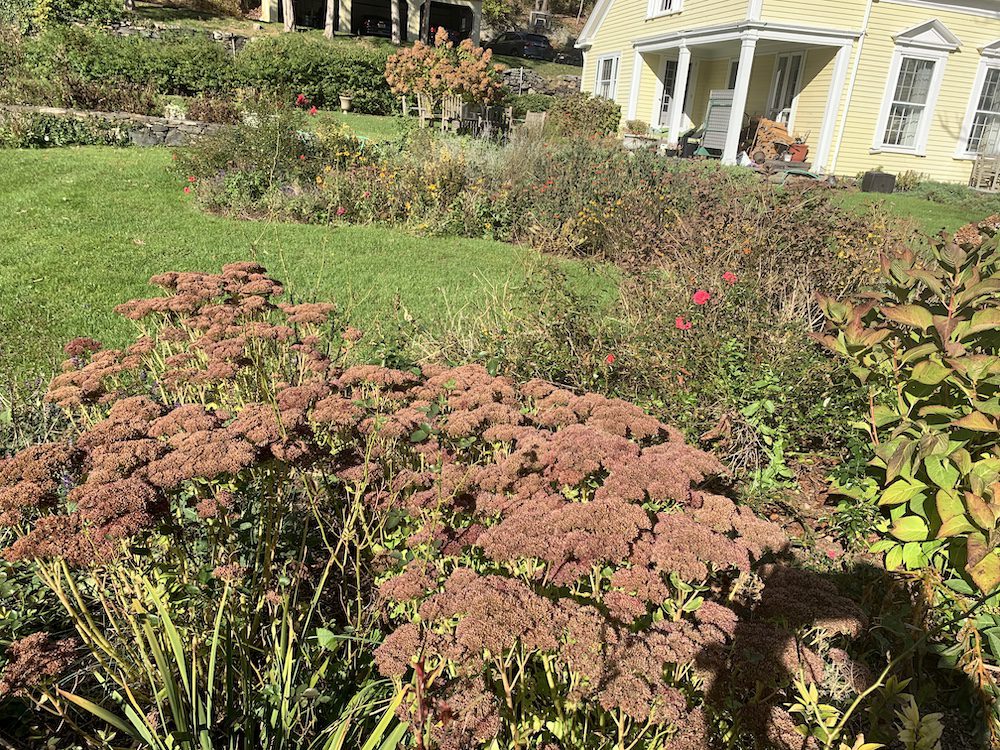
The cold winter weather is almost here and this is the season to let your flowers get some well-deserved sleep and regenerate.
Most herbaceous perennials die back to ground level during the cold season, but some others may not disappear. Their stems and foliage remain standing, dried and brown, in late fall and early. winter.
Some gardeners may see this as unsightly debris and wonder if they should cut back the spent foliage. If you don’t mind the look, and there is no disease present, you need not cut down these plants until late winter or early spring.
In fact, it is now recommended to leave most perennials intact during winter instead of cutting them back to the ground. The stems and dried flowers add interest to the winter landscape, provide. some insulation from the cold, and act as overwintering habitat for some birds, butterflies, and. bee species.
However, some perennials are sensitive to the cold, and these benefit from remaining intact overwinter.
So like Hamlet – to be or not to be – here is what you can think about in “to cut, or not to cut.”
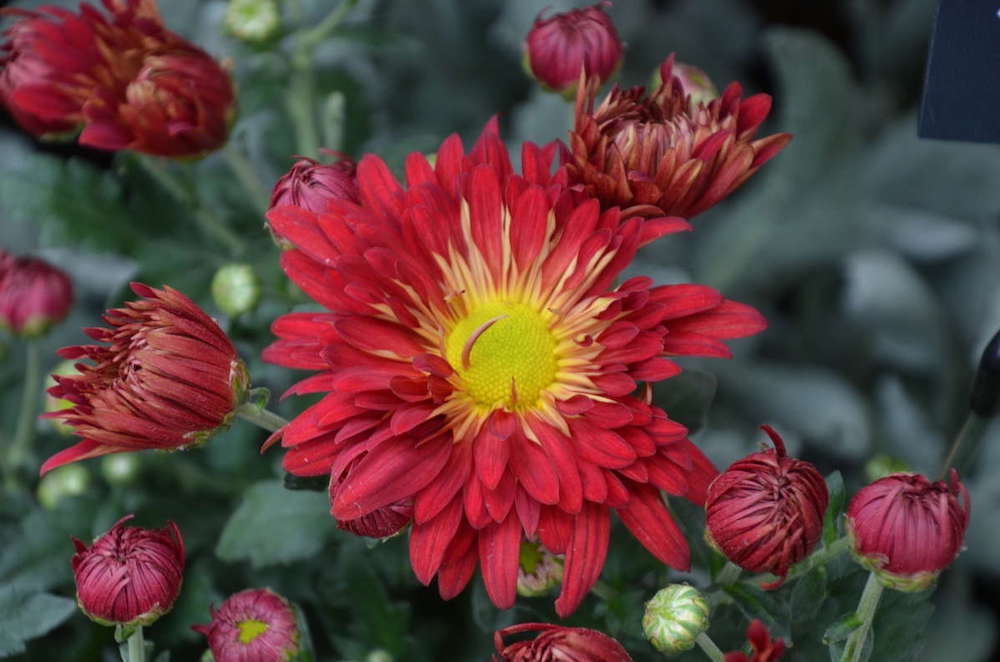
TWELVE FLOWERS THAT SHOULD AND WANT TO BE LEFT ALONE
Do not cut back asters, Russian sage, red hot poker, lavender, chrysanthemums, and lady’s mantle. Perennials with evergreen or semievergreen foliage should not be cut back until spring. These include foamflower, coral bells, and evergreen hellebores.
Other perennials should be left standing simply for their winter display interest, such as joe- pye weed. These stately plants add a new dimension to the dormant landscape. More important, the dried seed heads of certain flowers feed overwintering birds. So do not cut back purple or white coneflower with its oil- rich seeds, which goldfinches love.
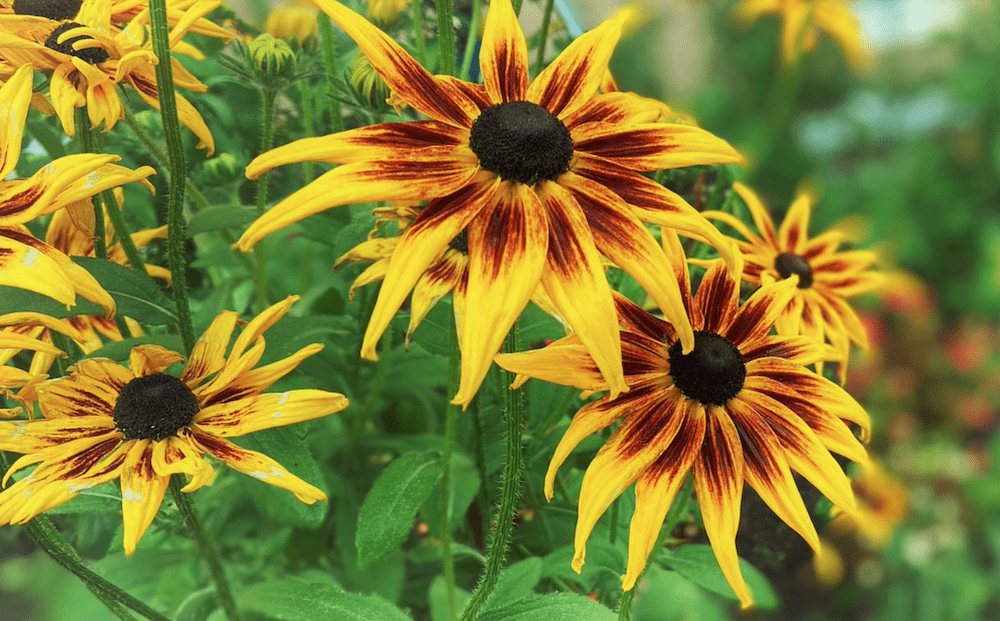
Also, leave black-eyed Susan, Sedum plants, globe thistle, and cup plant (Silphium perfoliatum) to dry naturally in the garden.
The late summer-blooming Russian sage (Pervoskia atriplicifolia) has somewhat woody stems. You can leave the plant standing for winter interest. In the spring, prune it back to about 8 inches high before new growth starts. This along with hydrangeas can be left alone – which I recommend because it’s less work now – or can be cut during your fall clean-up for winter.
FOUR FLOWERS THAT WANT TO BE TRIMMED AND CARED FOR
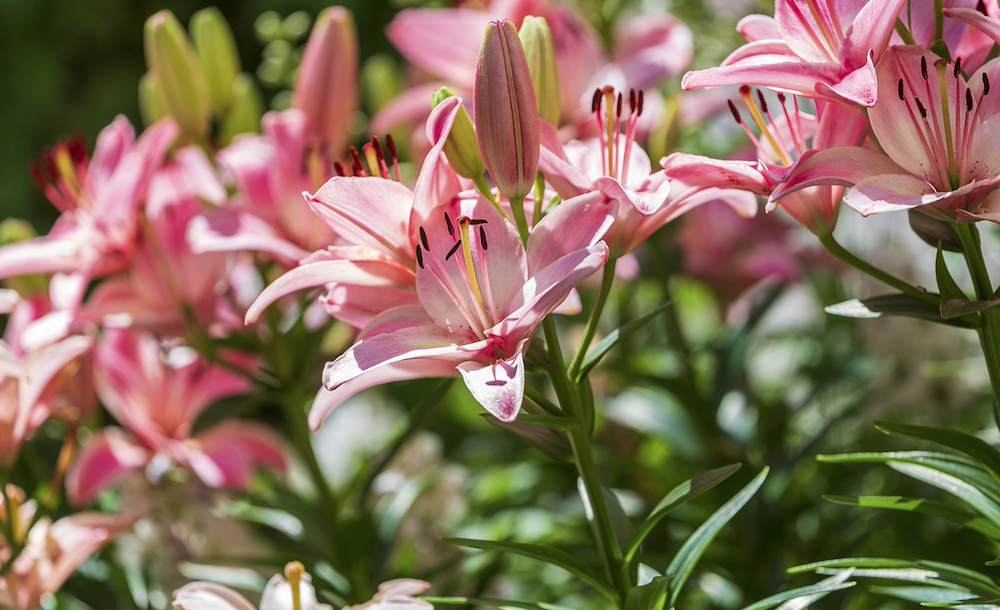
Perennials like daylilies, irises, and peonies should be cut back to prevent disease and insect attacks.
Rose care for winter varies according to the type of rose. For example, hardy shrub roses do not need winter protection.
Most roses though should be protected. Here is what to do.
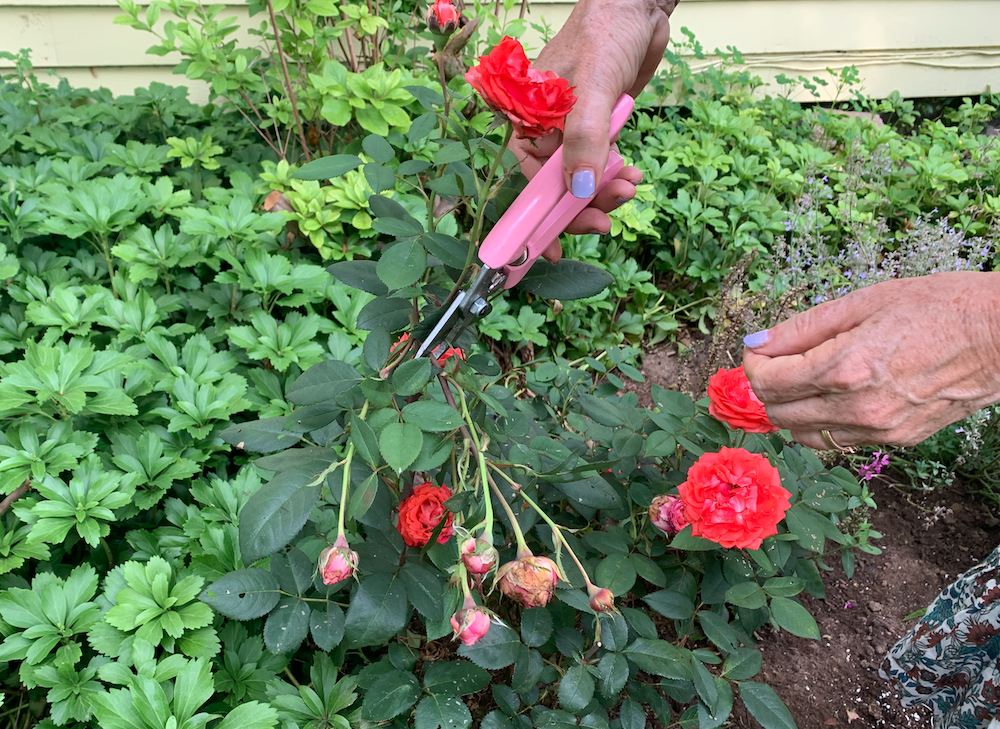
1) Cut all canes back to 12″ to 18″ inches. That means cutting all the existing leaves and spent flowers as well.
2) “Hill the Rose.” This means creating a mound of soil like a hill around the root so the plant is protected. You want to cover the plant above the swollen point of where the stem joints join the rootstock. This creates climate consistency to prevent temperature fluctuations.
3) The mound can be created by adding mulch, pine needles, tree trimmings, chopped leaves or compost
4) Some use chicken wire to create a round house-like structure around each plant and then fill it with soil and stake it to protect the plant from the wind. Others also coat the canes with an oil spray to keep the plant strong and then twin the thickest canes. This is not essential but sharing that some like this added protection.

PLANTING NEW PERENNIALS
Planting in the fall vs. the spring means your tender flowers aren’t being troubled by weeds. And since gardening in spring – is like rush-hour traffic as one writer said – you have more time to contemplate and dig. Plants also have more time to prosper and root.
What are the best perennials for fall? Consider hydrangeas, phlox, sedum, coreopsis, echinacea, astilbe, salvia, dianthus and butterfly bush as options as long as they will grow in your zone.
Just remember to plant before frost and no need to fertilize yet. However, mulch with fall leaves or compost as a layer of protection and the same way you wear a winter coat.
Do what you can and look forward to next spring when all your hard work will pay off.
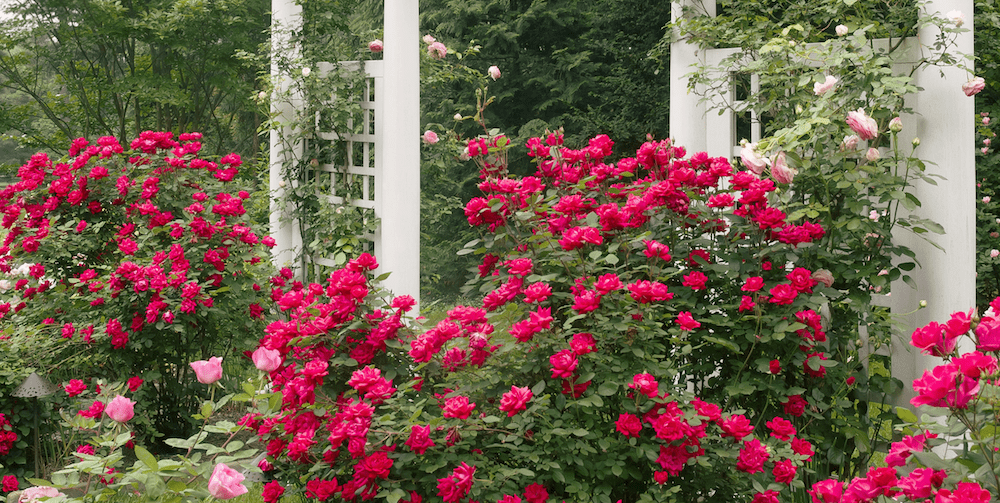
Jan Johnsen is a landscape designer and the author of Floratopia, Gardentopia, Heaven is a Garden, The Spirit of Stone
